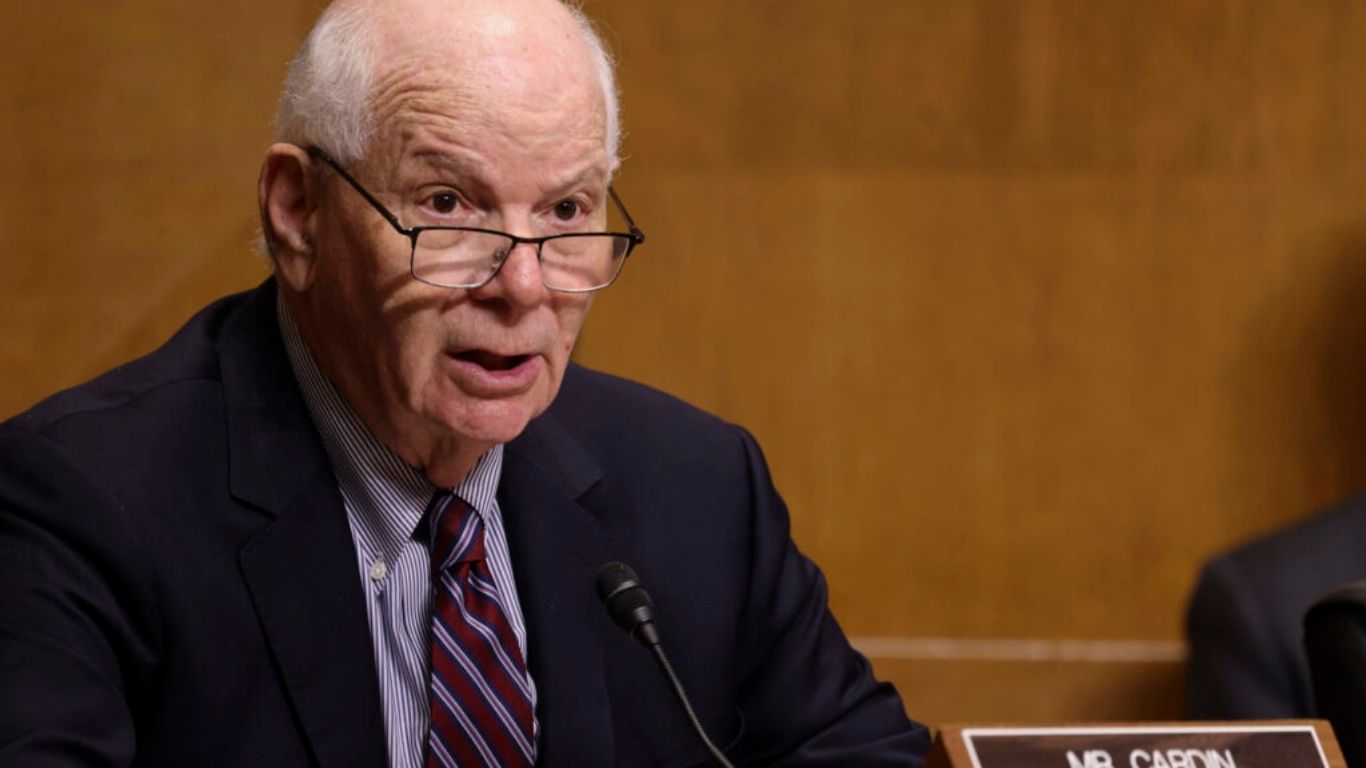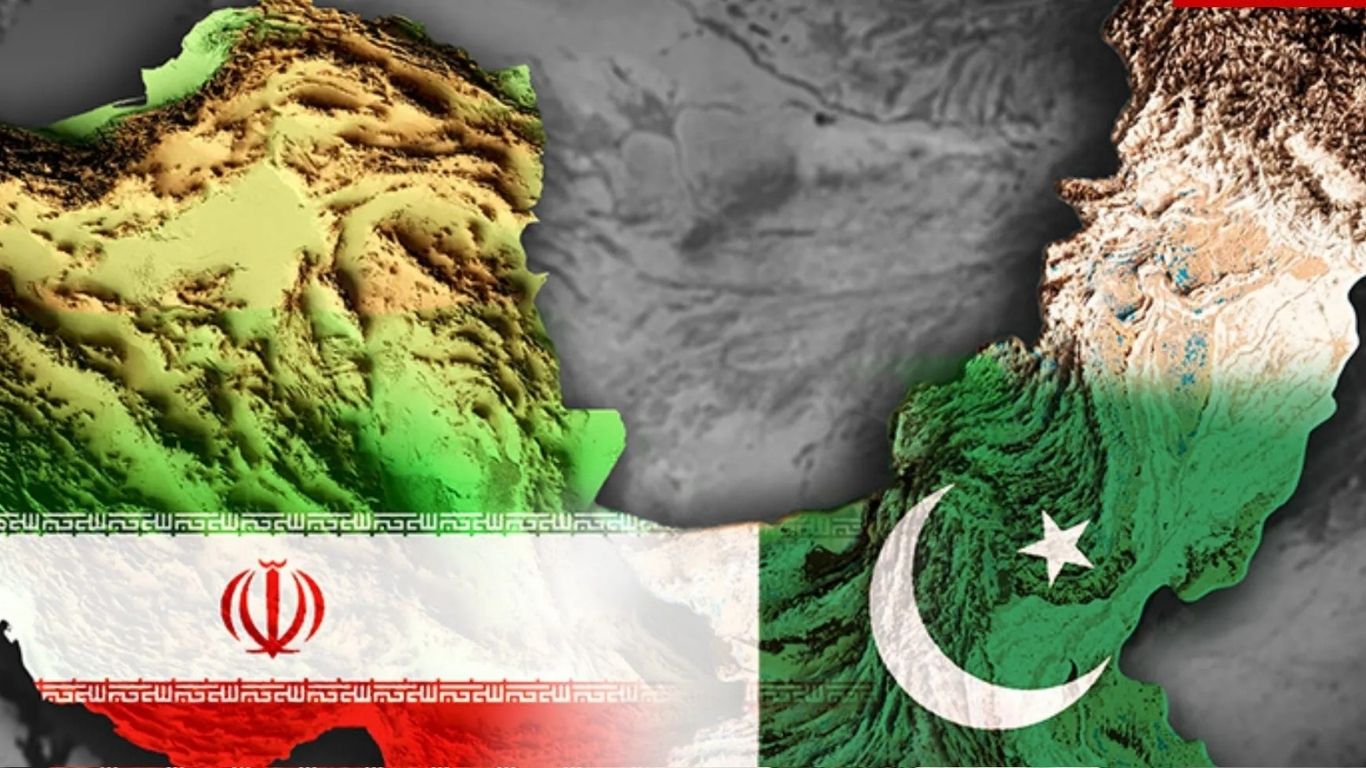The world watched in alarm as the long-simmering hostilities between Iran and Israel erupted into open war in June 2025. In just twelve days, this conflict not only devastated both nations but also sent shockwaves across the Middle East and beyond, raising urgent questions about regional security, nuclear proliferation, and the future of diplomacy.
How the Iran-Israel War Began
On June 13, 2025, Israel launched a series of surprise airstrikes targeting Iran’s nuclear and military infrastructure. These precision attacks, supported by U.S. intelligence and logistics, marked the most direct confrontation between the two rivals after decades of shadow warfare and proxy battles. The opening salvo killed several top Iranian military leaders and nuclear scientists, and severely damaged Iran’s uranium enrichment facilities in Natanz, Isfahan, and Fordow.
Iran’s response was swift and fierce. Over the next twelve days, Tehran fired more than 550 missiles and launched 1,000 armed drones at Israeli cities and military installations. While Israel’s advanced missile defense systems intercepted the majority of these projectiles, dozens struck civilian areas, causing significant casualties and widespread damage.
The Human and Strategic Toll
The war’s toll was staggering. In Israel, 28 people mostly civilians were killed, and over 3,000 were wounded. More than 9,000 Israelis were displaced as their homes were damaged or destroyed. Iran suffered even heavier losses, with at least 600 deaths, including many from the Islamic Revolutionary Guard Corps (IRGC) and their families, and over 5,000 wounded.
Beyond the immediate human cost, the conflict inflicted severe damage on Iran’s military credibility and nuclear capabilities. According to independent assessments, Israel’s strikes “effectively destroyed” Iran’s enrichment infrastructure, complicating further uranium enrichment and setting back Iran’s nuclear program by several years. However, Iran likely retains a stockpile of enriched uranium, raising concerns about its future nuclear ambitions.
Why Did the War Happen Now?
The roots of the Iran-Israel war run deep. Since the 1979 Iranian Revolution, the Islamic Republic has defined itself through ideological opposition to Israel, supporting proxy groups like Hezbollah and Hamas, and pursuing a nuclear program that Israel sees as an existential threat. In recent years, Iran’s internal instability marked by economic crisis, persistent protests, and uncertainty over Supreme Leader Ali Khamenei’s succession created an environment in which Israel saw a narrow window for decisive action.
The immediate trigger was the collapse of nuclear negotiations and confirmation by the International Atomic Energy Agency (IAEA) that Iran had stockpiled uranium enriched to 60%, dangerously close to weapons-grade. With diplomatic options exhausted, Israel moved to eliminate what it viewed as an imminent threat.
Regional and Global Repercussions
The impact of the Iran-Israel war extends far beyond the battlefield:
Middle East Power Dynamics: Iran’s defeat has weakened its deterrence and emboldened Israel, shifting the regional balance of power. Iran’s proxies Hamas, Hezbollah, and the Houthis have been severely diminished, while the Assad regime in Syria, once a key Iranian ally, collapsed in late.
Economic Shockwaves: The conflict triggered a surge in global oil prices and raised fears of disruptions in the Strait of Hormuz, a vital chokepoint for energy supplies. Economic instability threatens not only the region but also global markets, with the risk of humanitarian crises and mass displacement if the conflict reignites.
Diplomatic Fallout: The war exposed divisions among global powers. While the U.S. and European allies supported Israel’s right to self-defense, Russia and China condemned the strikes and called for restraint. The ceasefire, brokered under intense U.S. pressure, remains fragile, with both sides violating its terms in the days following its announcement.
What Comes Next?
A ceasefire was reached on June 24, 2025, but experts warn that the quiet may be temporary. Iran’s leadership remains defiant, suspending cooperation with the UN nuclear watchdog and vowing to rebuild its nuclear and missile programs. Domestically, the regime has cracked down on dissent, imposing internet blackouts and mass arrests to maintain control.
For Israel, the war achieved its immediate goal of degrading Iran’s nuclear capabilities, but at the cost of heightened regional tensions and the risk of future retaliation. The United States now faces the challenge of translating military gains into a durable diplomatic solution that addresses not only nuclear safeguards but also the ideological roots of the conflict.
A New Era of Instability
The 2025 Iran-Israel war has transformed the Middle East, shattered old assumptions and ushered in a period of profound uncertainty. The conflict revealed the limits of military deterrence and the dangers of unchecked escalation between regional powers. As the dust settles, the world must confront the reality that only a comprehensive diplomatic approach one that addresses both security and ideology can prevent a return to war.
For now, the Middle East stands at a crossroads. The lessons of the past twelve days are clear: peace remains fragile, and the stakes have never been higher.




